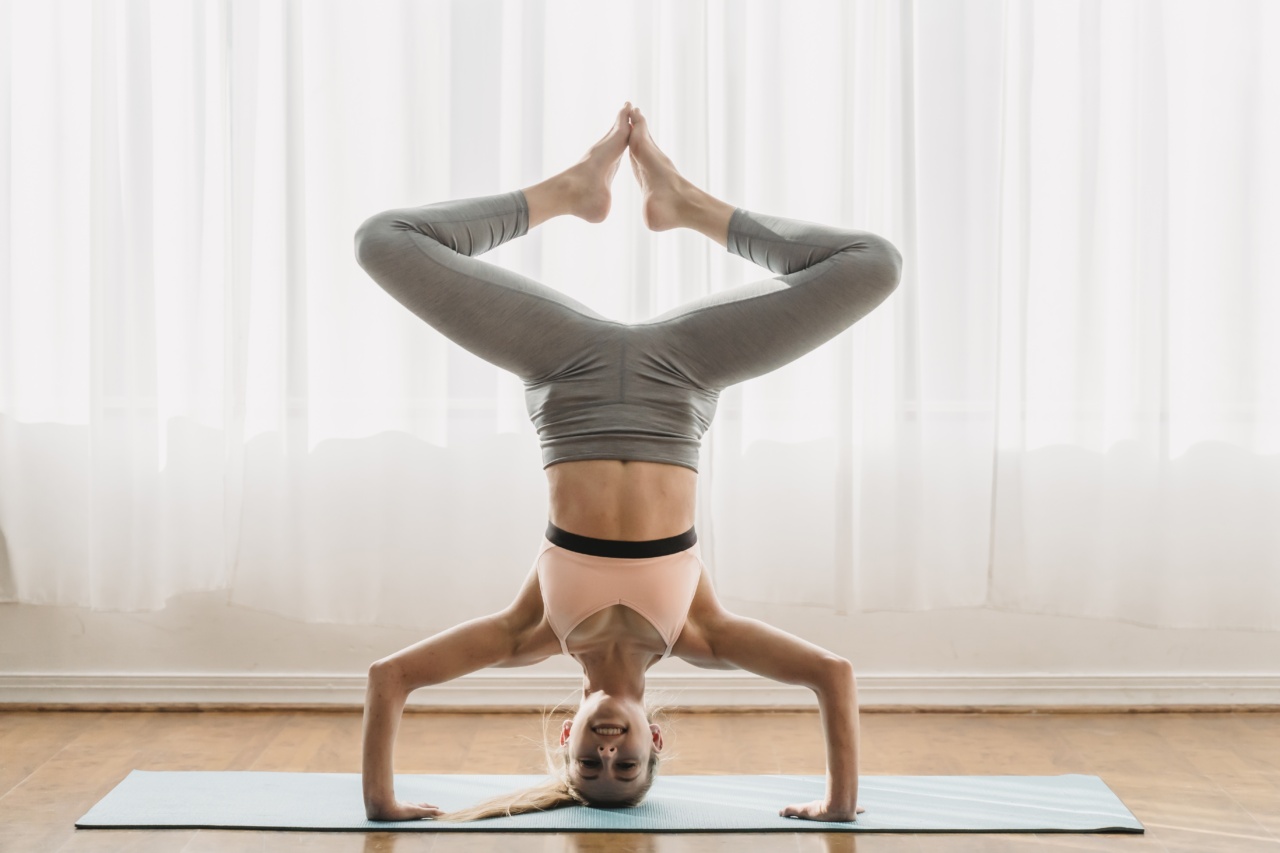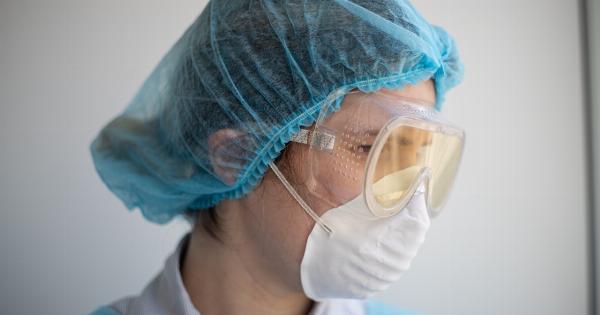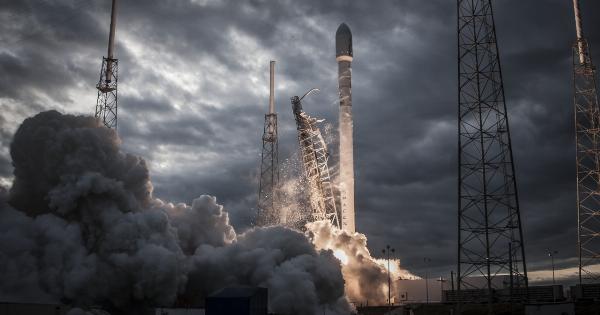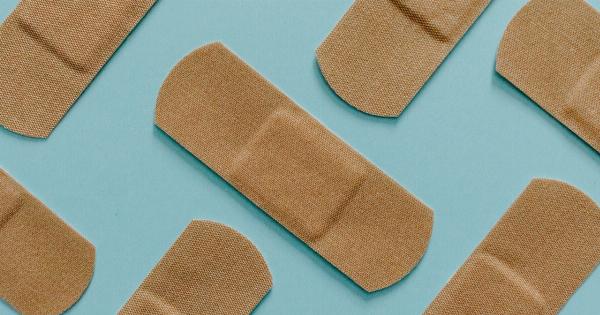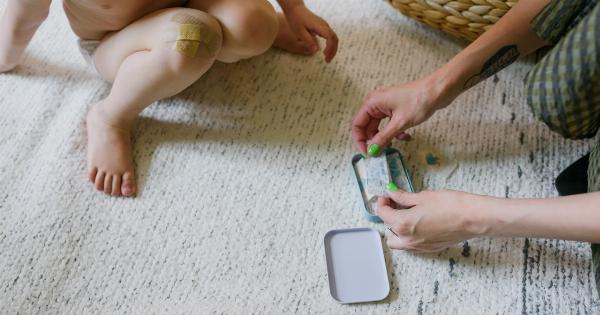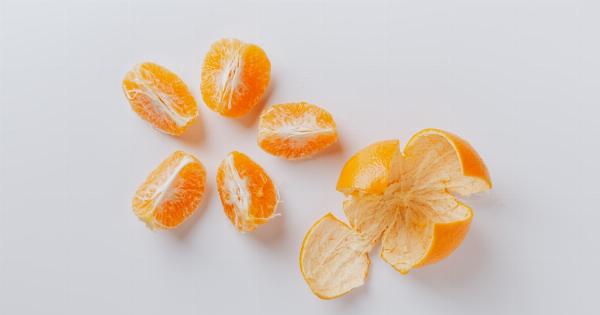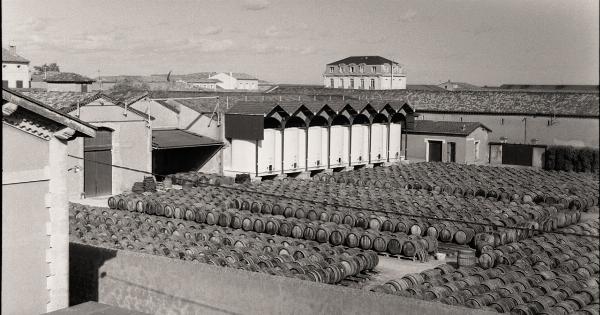Fracture recovery can be a long and painful process. However, advancements in medical technology offer a ray of hope for patients. One such advancement is the use of advanced 3D gypsum, which has shown promising results in faster fracture recovery.
In this article, we will explore the benefits of advanced 3D gypsum and how it can revolutionize the healing process.
What is Advanced 3D Gypsum?
Advanced 3D gypsum is a specially formulated type of gypsum that is used in the medical field for fracture recovery. Traditional gypsum casts have been used for centuries to immobilize fractures and allow them to heal.
However, the traditional casts have several limitations, including discomfort, bulkiness, and slow healing times. Advanced 3D gypsum aims to address these limitations.
How Does Advanced 3D Gypsum Work?
The unique formulation of advanced 3D gypsum allows it to be much lighter and less bulky than traditional casts. This improved design enhances patient comfort and mobility during the healing process.
The 3D printing technology used in creating these casts ensures a perfect fit for each patient, reducing pressure points and the risk of skin breakdown.
Benefits of Advanced 3D Gypsum
There are several notable benefits associated with the use of advanced 3D gypsum for fracture recovery:.
1. Faster Healing Times
One of the most significant advantages of advanced 3D gypsum is the ability to accelerate the healing process.
The lightweight design and improved fit of the cast help to promote better blood circulation around the fractured area, which aids in faster bone regeneration.
2. Enhanced Comfort
Compared to traditional casts, advanced 3D gypsum offers superior comfort to patients.
The lightweight and precisely fitted design distribute pressure evenly, reducing discomfort and allowing patients to carry out their daily activities with minimal hindrance.
3. Improved Hygiene
Traditional casts can be problematic when it comes to maintaining proper hygiene. Moisture accumulation, skin irritation, and odor are common issues associated with traditional casts.
Advanced 3D gypsum is designed with improved ventilation, allowing moisture to escape and preventing unpleasant odors and skin problems.
4. Customization
Each patient’s fracture is unique, and a one-size-fits-all approach may not provide optimal results. With advanced 3D gypsum, healthcare professionals can create customized casts that fit the patient’s anatomy perfectly.
This customization ensures better immobilization and promotes more effective healing.
5. Lightweight and Durable
Advanced 3D gypsum casts are significantly lighter than traditional casts without compromising durability.
This lightweight construction reduces the strain on the patient’s muscles and joints, leading to increased overall comfort and ease of movement during the recovery period.
6. Time and Cost-Efficiency
While the initial cost of advanced 3D gypsum casts may be higher than traditional casts, they can actually save both time and money in the long run.
The faster healing times reduce the overall duration of treatment, leading to fewer medical visits and associated costs. Additionally, the improved comfort and hygiene features of advanced 3D gypsum may reduce the likelihood of complications and the need for additional interventions.
Limitations and Considerations
Although advanced 3D gypsum offers numerous benefits, it is important to acknowledge some limitations and considerations:.
1. Accessibility
Advanced 3D gypsum casts are still relatively new in the medical field, and their availability may be limited. Accessibility to this technology may depend on geographical location and healthcare facility resources.
2. Skill and Training
Healthcare professionals tasked with creating and applying advanced 3D gypsum casts require specialized training. The proper use and application of this technology necessitate additional knowledge and expertise.
Conclusion
In conclusion, advanced 3D gypsum casts hold great promise for faster fracture recovery. The innovative design, lightweight construction, and customization options make them a superior alternative to traditional casts.
As this technology continues to evolve and become more accessible, patients can look forward to a more comfortable and efficient healing experience.
